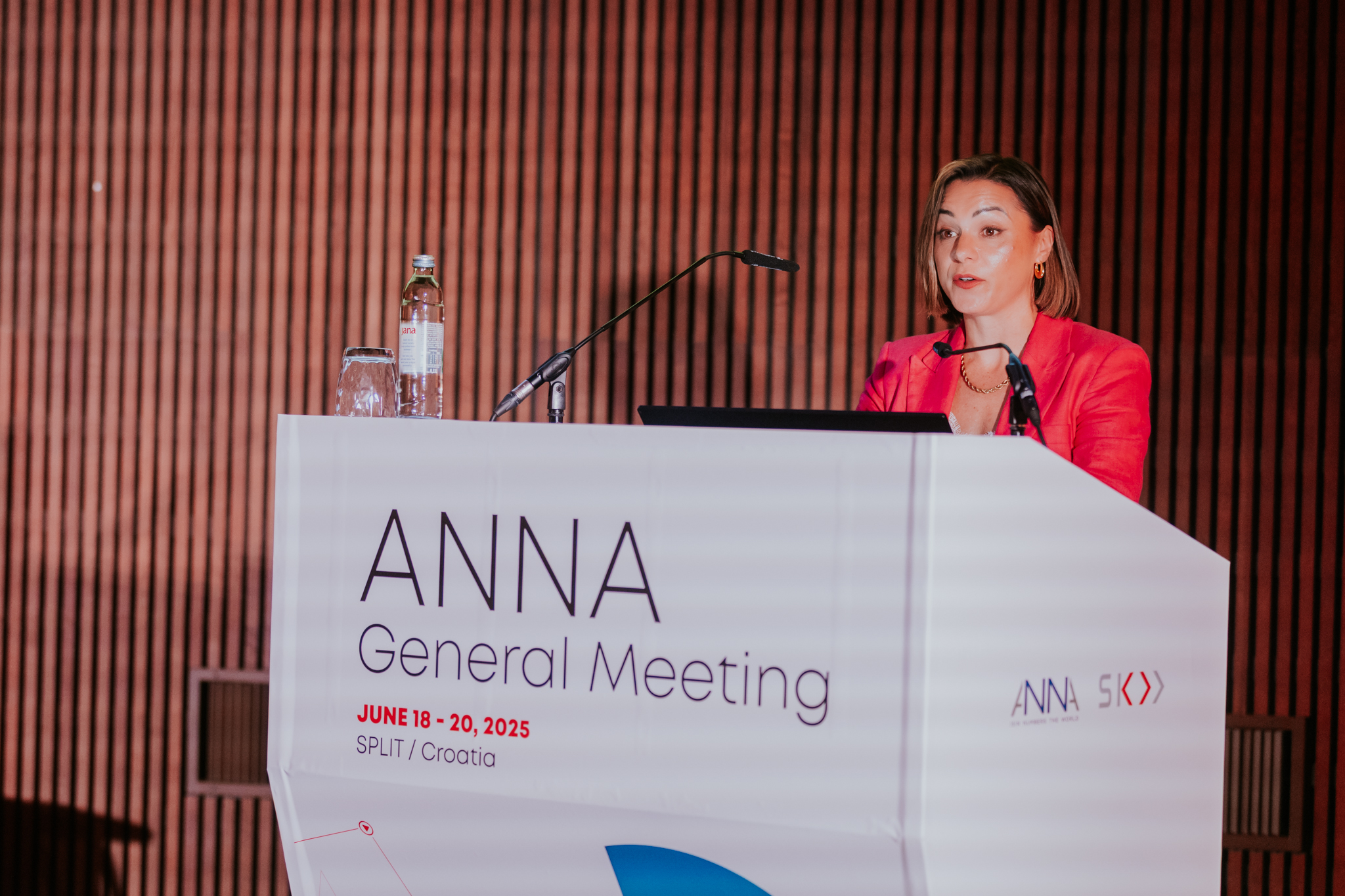First published on TabbFORUM, 25 June 2025. A universal language Consensus-based financial standards developed by…
Recommendations of ANNA’s TF on the role of ISINs in relation to Digital Assets
Market trends are pointing towards greater acceptance of digital assets as a new investable asset class. A survey by Fidelity Digital Assets shows that 91% of respondents who are open to exposure to digital assets expect to have at least 0.5% of their portfolio allocated to the new investable asset class. In addition, we continue to see the likes of Societe General and Santander settle multiple bond issuances on blockchain technology, The World Bank supporting a $100m bond issuance, and BTG Pactual tokenizing their REIT structures while testing their own network. We see this as evidence of the transition into security tokens, particularly in the bond space.
This third article in a three-part series by ANNA on digital assets, takes a closer look at the recommendations of the ANNA Technology Taskforce (TF-22). TF-22 was set up to assess the role that International Securities Identification Numbers (ISINs, the recognised global standard for unique identification of financial instruments) may take in the harmonisation of standards for identifying digital assets.
TF-22 Recommendations
Our last article which highlighted the progress of TF-22, outlined the definitions and approach for deliberation of different financial and referential instruments. The Taskforce has now completed its work which has resulted in three key recommendations on the assignment of ISINs to (1) security tokens, (2) digital tokens used as referential instruments for financial instruments, and (3) the approach to implementation going forward.
We examine each of these recommendations in more detail below:
- Security tokens: TF-22 endorsed the assignment of ISINs for securities that are tokenized. While the guidelines for the ISIN ISO 6166 standard already have provision for the assignment of ISINs for financial instruments, the Taskforce agreed that the principle for ISIN issuance should be technology-agnostic, meaning that the type of technology used for issuance should not give rise to a different identification and classification system.
- Digital tokens used as referential instruments: Other token types (other than security tokens) were also considered, usually referred to as payment tokens or cryptocurrencies. It was agreed that these tokens fall under the category of being assigned an ISIN in the case where they are used as referential or underlying instruments. This is similar to other existing examples in financial markets, such as a tracker certificate on an index, or different commodities on which financial products are issued. If a cryptocurrency is used as an underlying referential instrument for a financial instrument or a security, then – by the same logic – the same type of identification approach should be applied.
- Implementation: In forming its recommendations, the work of TF-22 has reached completion. However, the Taskforce recognised that consistent implementation of its recommendations across National Numbering Agencies is essential to ensure a uniform approach on a global scale. On this basis, TF-22 also recommended that a permanent ANNA working group be established to focus on digital tokens and their representation in the ISIN Guidelines. The working group will be a sub-group of the existing ANNA Working Group 2 which focuses on ISIN Quality and Guidelines. The sub-group will also observe the activities of the market place and its continued evolution to examine, for example, the role of utility tokens or other non-bankable assets (such as real estate or art). In addition, the working group should monitor how ISINs which identify referential data, will interact with the forthcoming Digital Token Identifier (DTI) standard which is being developed to identify the technical information of a token (such as where it sits on the blockchain, its genesis block hash, UTC timestamp, DLT type, etc).
Consistency of standards
Markets are changing, and it is clear that with increased industry appetite for digital assets, it is integral that industry is provided with consistency, which in turn delivers improved efficiency, risk management and regulatory reporting capability. ANNA recognises the need for harmonisation and consistency of standards as the market evolves given the increasing number of issuances being launched on blockchain. Looking forward, operational risk is reduced by using common standards, for example in the potential case where funds have a mix of both classical and digital assets. As such, ANNA has been working diligently to ensure that no gaps ensue in the digital asset space and that it can continue to deliver to industry the same harmonised standards and service as it has done for existing asset classes.



